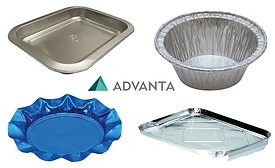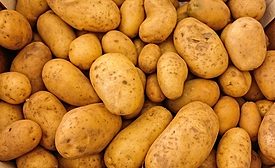Home » packaging materials
Articles Tagged with ''packaging materials''
Food Packaging
Supremia announces eco-friendly cotton bag repurposing initiative
Supremia and Terracycle are collaborating on an initiative to collect and repurpose cotton bags
September 17, 2018
Packaging
Making a case for aluminum trays in ready meal manufacturing
Some aluminum trays are microwavable and easy to clean to meet recycling requirements
August 6, 2018
Packaging
Anellotech moves closer to 100 percent recyclable PET bottle
Company has shown it’s possible to make a 100-percent bio-plastic bottle
July 20, 2018
Packaging
Making e-commerce shipping cartons stand out
The days of the ordinary, drab cardboard shipping container are over
July 9, 2018
Sustainability
Major water savings has California grape packaging supplier ahead of sustainability goals
Company reduced water usage by 40 percent and increased profits in eight weeks
June 25, 2018
Packaging
How supply chains affect packaging
Michael Kuebler, Smithers Pira technical director, talks about the future of packaging as supply chains continue to evolve.
October 11, 2016
Food Packaging
Report: Food companies aren't using packaging to show commitment to safety
Food makers could do a better job using packaging as part of the marketing mix.
September 21, 2016
TECH FLASH
Starch improves barrier properties of PE films
Wageningen UR Food & Biobased Research is working with thermoplastic starch and polyethylene to develop an innovative industrial film solution to be used in food packaging.
July 13, 2016
Elevate your expertise in food engineering with unparalleled insights and connections.
Get the latest industry updates tailored your way.
JOIN TODAY!Copyright ©2024. All Rights Reserved BNP Media.
Design, CMS, Hosting & Web Development :: ePublishing















